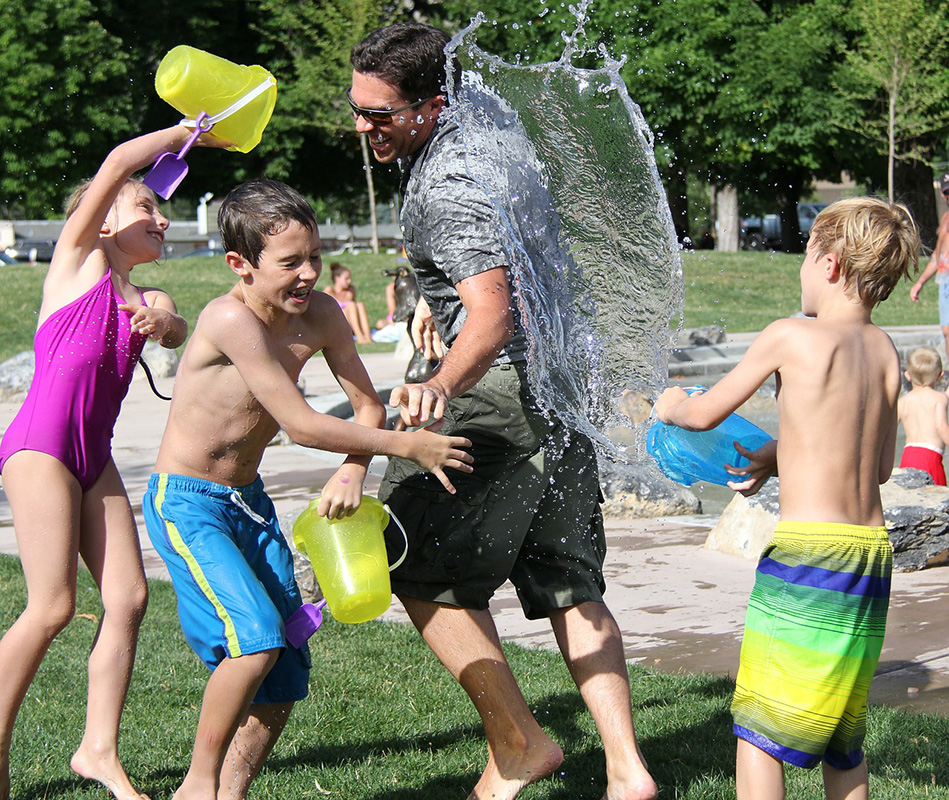Research examines link between physically active children and healthy adulthood

Finally, the warm weather has arrived. And with it, no doubt, a return to the outdoors for neighbourhood kids who can’t wait to get out there and burn some energy.
Or maybe not.
Studies show that over 90% of Canadian youth are not getting the requisite one hour of heart-pumping physical activity per day – a statistic that’s both alarming and unacceptable to Brian Timmons, associate professor of pediatrics.
So, with the help of an $80,000 John R. Evans Leaders Fund award from the Canada Foundation for Innovation (CFI), Timmons will be gathering his owns statistics by tracking the physical activity of hundreds of local children in an effort to determine the effects of physical activity in the early years on long-term health.
The funds will allow Timmons and his team to purchase as many as 500 accelerometers – devices designed to more accurately record physical activity movements – as well as the software to analyze the results.
“Think Fitbit on steroids,” says Timmons, who holds the Canada Research Chair in Child Health & Exercise Medicine, when describing the accelerometer. While it’s the “gold standard” for physical activity measurement, Timmons says there are still big gaps in how best to analyze the copious amounts of data derived from the devices – gaps he intends to fill through his research.
Timmons will monitor the activity of local children – both those who are living with a pre-existing, chronic medical condition and those who are otherwise healthy – to determine how much physical activity children really need, how much is safe for those with underlying conditions, and the correlation between being active as a kid and being healthy as an adult.
“What’s ideal about the accelerometer is that it’s non-invasive and extremely accurate,” says Timmons of the device that’s worn around a child’s waist, comparing it to traditional ways of measuring activity which relied on self-reporting and questionnaires, neither of which is ideal for accuracy.
“Our research program will be one of only a few in the world able to study the physical activity-to-health connection in children,” he says, noting the results will give a more precise understanding of physical activity behaviours and what they mean for health.
The findings will enable researchers to create safe and effective physical activity strategies for health promotion and clinical rehabilitation. “We’re so excited about our outcomes informing policies and shaping physical activity guidelines for Canadian children, says Timmons. “I’m a firm believer that exercise is the best medicine.”
The funding was part of a national CFI funding announcement made last week by Minister of Science, Kirsty Duncan. The John R. Evans Leaders Fund is designed to help universities attract and retain the best and brightest researchers from around the world by giving them access to state-of-the-art research tools.
If you’re interested in having your child participate in any of Dr. Timmons’ studies, please visit the Child Health & Exercise Medicine website.
